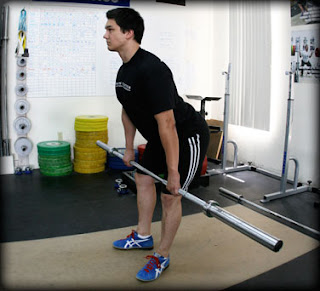If you have never done archery (or have very little experience) there are essentially three ways to get into the sport.
#1. Get Archery Lessons
Obviously this is me tooting my own horn, but if you're looking for archery lessons in Toronto then I invite you to contact me to book archery lessons. Archery lessons are the fastest and easiest way to learn the sport, but they are more expensive and thus geared towards people who are more serious about wanting to learn archery in a hurry and want to excel at it.
If you have a friend who does archery they can also try to teach you, but this is often a test of patience on their part as they may not have a lot of experience teaching archery (or anything else). So when getting archery lessons I do recommend hiring someone with a lot of experience teaching archery and know what they're doing.
Speaking for myself: I have been teaching archery since 2009, and I have been doing archery since 1989.
The book I currently recommend is by my colleagues Steve Ruis and Claudia Stevenson: "Precision Archery".
You can try to find the book at your local bookstore, and if they don't have it then you can order it from the store using the ISBN number... Or order it online.
ISBN 9780736046343
And if you want to go a step further you can also get yourself a subscription to Archery Focus Magazine, which gives you access to their back catalogue of magazine PDFs.
Which coincidentally also gives you access to various articles that I wrote for Archery Focus Magazine:
- "Marketing Strategies for Archery Coaches", July 2017.
- "A Lesson in Adaptive Archery", July 2018.
- "Teaching Archery Through Narratives", November 2018.
- "Rinehart Target Balls (and Alternatives)", January 2020.
- "Archery Trick Shooting", September 2020.
- "Gap Shooting: Aiming for Versatility", November 2021.
Oh and I am working on my own nonfiction Archery How To Book. So stayed for that to be released.
Note - Reading a book about how to do archery isn't perfect. Ideally you want an archery instructor, but if you don't have one then a book is the next best thing. There are other books on the subject, but "Precision Archery" is the best book currently available in my opinion.
#3. Teach Yourself / Watch YouTube Videos
I have a low opinion on the subject of YouTube videos teaching archery and while there is the potential for someone to learn that way, I firmly believe it is a bit like "the blind leading the blind" because often the people making such videos are beginners themselves.
Or if they are experienced archers they're not necessarily good at teaching it or explaining it properly.
And then there's the YouTube feuds...
For example, there are two specific YouTubers I am thinking of who argue back and forth in their videos about the proper way to do something. Just two men (and their egos) arguing.
Honestly, rather than watch YouTube videos you might be better off just being completely self taught, assuming you cannot find a book on the subject or cannot find an archery instructor.
Being self-taught really comes down to practicing regularly and socializing with other archers, because you will learn so much about the sport by talking to your fellow archers and observing them while they shoot to see what they are doing correctly, but also what they are doing wrong. If you can learn from their mistakes and triumphs it will speed up the process of teaching yourself. (Of course, you would learn even faster if you had an instructor to teach you what to be looking for.)
Conclusions
A combination of options #1 and #2 above is arguably the best you can do. Getting both an instructor and the aforementioned book on the subject, so you get the best of both worlds.
Or options #1 and #2 and buy a whole library of archery books (which is what I have on my bookshelves). In some cases I even have multiple copies of the same book, the result of people gifting me books that I already have copies of.
"Hey, there's an archery book! I should get that for Charles!"
And unfortunately I have copies of almost every archery book in the English language. Plus I am such an archery dork that I write nonfiction (and fiction) on the subject.
And I have 5 different books just on the subject of bowmaking and arrow making.
So yes, if you want to get really good at archery... Just copy everything I've done. Get archery lessons, buy ALL the books (even the bowmaking books), practice multiple days per week, get really good at it, learn multiple styles of archery, become an archery instructor, and of course publish articles on the subject... And start writing a How To Book on archery.
Whatever.
I think the point I am trying to make (again and again) is that you should either get archery lessons or buy a book like "Precision Archery". Or both.
Practice makes perfect. Aim small miss small. Have Some Apple Pie.




























